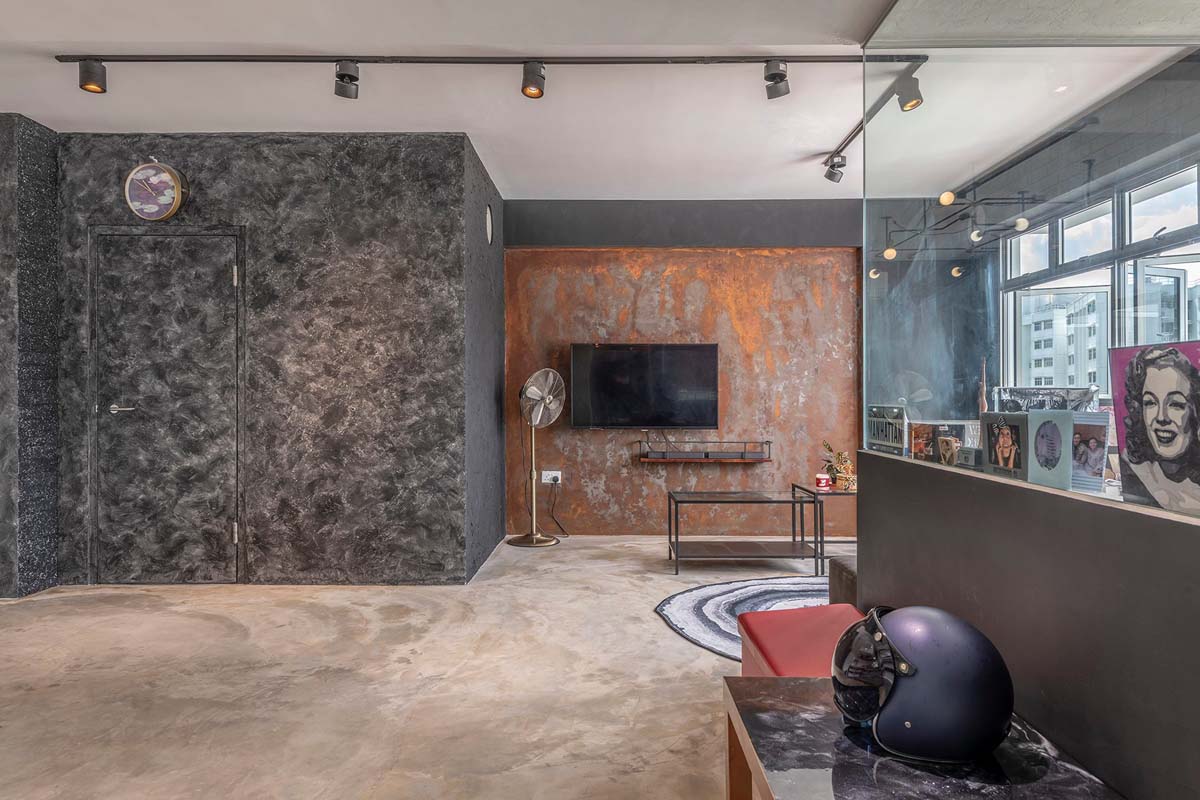The pros and cons of 4 common types of home lighting

Lighting is one of the indispensable elements at home. Different kinds of lighting have their own advantages and disadvantages. What kinds are there, and how does one go about choosing them?
Which is more suited for which part of the home, and what are the precautions one must take when shopping for lighting? In this article, we introduce four common types of lighting and show you the pros and cons of each.
One of the most commonly used lighting in Singapore, ceiling lights are directly installed on the ceiling with the bottom of the light covered with a lampshade. This sort of lighting does not take up much space, making them suitable for HDB flats or in homes with shorter ceilings.
Advantages: The light bulb is not exposed. Simple and elegant. Easy to install.
Disadvantages: Not a huge variety in designs.
Precautions: The lampshade material should be uniform with high light transmittance. Uneven lampshade will affect the brightness of the lamp.

Pendant lights are suspended from the ceiling, making them suitable for use in spaces with tall ceilings. The lowest point of the chandelier is usually at least 2.1 meters above ground for safety and visual reasons.
Advantages: A wide variety of designs and they often add a big statement to your space.
Disadvantages: May not satisfy the amount of light requirement in a space.
Precautions: The size of a pendant should not exceed one-tenth of the space. It is recommended for pendants hung over a dining table not to be larger than two-thirds of the short side of the dining table.
Wall lamps are a kind of auxiliary lighting that is installed on the wall. Usually dim, they are used more as an embellishment at home rather than a primary source of light. Most people install wall lamps on balconies, along corridors, or by the bedside.
Advantages: Wall lamps create atmosphere in a space.
Disadvantages: They need to install a wire outlet. Requirements for installation height need to be precise. If the installation point is too high, the light cannot focus. If the installation is too low, it might be in our direct line of sight.
Precautions: Check whether the house has a wire line for wall lights or an independent switch. If you need extra wire, this will increase the cost of your renovation budget. In addition, the standard height of the wall light should be slightly higher than our head.

Spotlights can be installed in the ceiling light trough as a recessed light or installed directly on the exposed light rail (as a track light) or directly on the ceiling. Spotlights are usually used to illuminate certain features or to create an atmosphere. They can also be used as a primary light source.
Advantages: Small size, flexibility in changing the angle of certain types of spotlights.
Disadvantages: Small lighting range. Cannot be illuminated at a close range. Can accumulate quite a bit of heat.
Installation precautions: The spotlight should direct to the wall because the reflected light effect is softer. If it is installed in a place where people often stay, the focused light will make people feel too warm and uncomfortable.
This article was first published in Renonation.